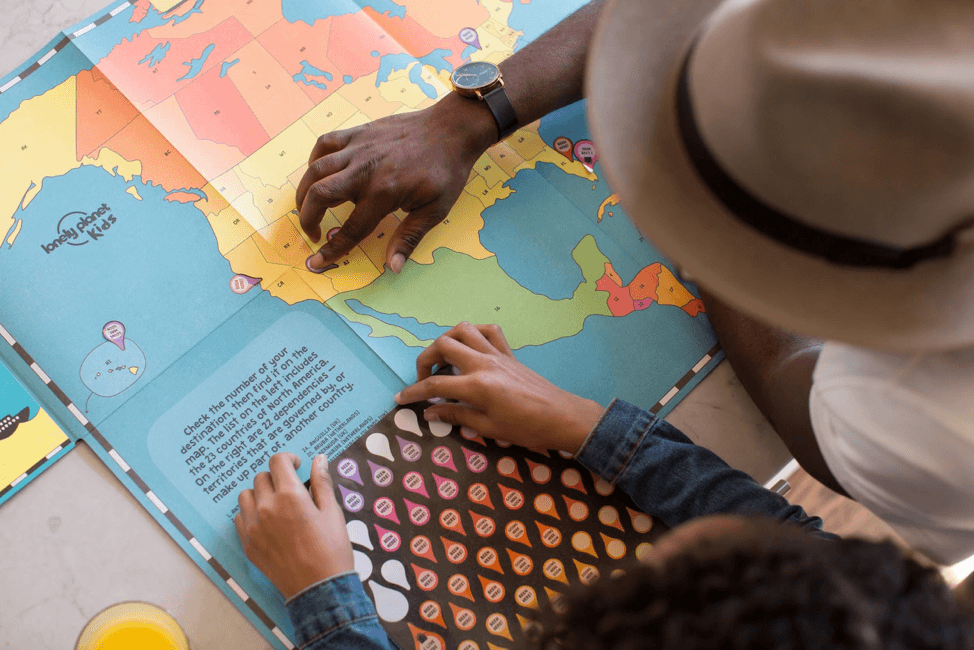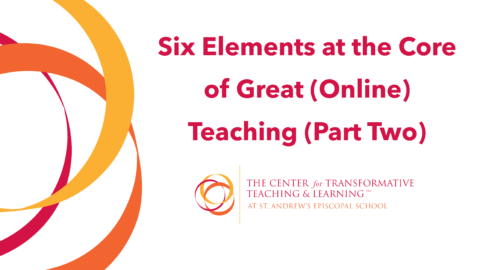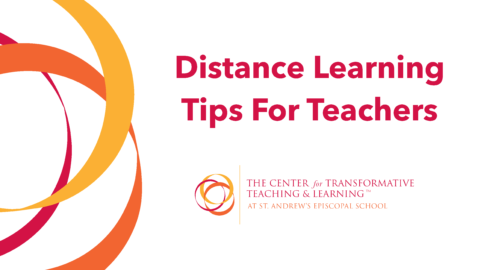At the CTTL, we’re focused on using the best of Mind, Brain, and Education Science research to help teachers maximize their effectiveness and guide students toward their greatest potential. Doing that often means addressing what we like to call “Learning Myths”—those traditional bits of teaching wisdom that are often accepted without question, but aren’t always true. We also like to introduce new insight that can change the classroom for the better. In our Learning Myths series, we’ll explore true-or-false statements that affect teacher and student performance; for each, we’ll dive into the details that support the facts, leaving teachers with actionable knowledge that they can put to work right away.
True or False? Students will learn better if their teacher varies the modality of teaching to match each student’s preferred learning style, such as using kinesthetic means for kinesthetic learners and auditory means for auditory learners.
Answer: False! This is one of the most pervasive—and potentially damaging—Learning Myths out there. Many researchers have tried to prove that students learn best with personally tailored learning modalities, but there’s no evidence for it. In fact, it can even hinder learning! As is turns out, choosing a method of teaching should be based on the content to be taught, not the supposed preferences of a particular student. In fact, even talking to students about the idea of personal learning preferences can be detrimental.
How might teachers put this insight into action?
This Learning Myth is based on a widespread misunderstanding of Howard Gardner’s research on multiple intelligences. Somehow, the common (and mistaken) takeaway is that because each individual person has strengths and weaknesses, teachers should work to figure out how to customize their teaching methods to the strengths of each student. And many of us do so, with the best of intentions. But, in addition to demanding more than any one teacher should be asked to perform, this conclusion can actually hurt students by assuming that their brains are stuck where they are. And we know that’s not true!
The concept of neuroplasticity tells us that our brains are malleable, and that they change depending on what we ask of them. If students are never challenged to learn in a new way, they miss out on a huge ability to adapt and grow! As it turns out, Gardner is very clear and elegant in his conclusions: the important thing is to choose teaching modalities not based on who you want to teach, but what. Therefore, being a master of your content and understanding pedagogical approaches to teaching it is what matters, not becoming a person who can teach the same concept in six different ways. Not only is that exhausting, it also eats up planning time that could be used to help your students much more effectively! That said, it’s good to run a classroom that incorporates different modalities over time, so that students can be exposed to a variety of approaches. There’s no need to pigeonhole a specific learner. (Curious about neuroplasticity? You can learn more about how it can show up in your classroom here.)
Of course, everyone has different abilities at a particular moment, but neuroplasticity dictates that these will change over time, with practice. That’s why knowing your students is such a crucial part of effective teaching. If you’re familiar with their individual journeys over time, you can predict when they might struggle. But that doesn’t mean that you should avoid challenging them! If you check in with them with a formative assessment and find that they need some help, no problem: just provide some scaffolding to help them when they need it. That’s very different than teaching five different lessons—and it acknowledges your students’ potential for resilience. It’s an opportunity to show them that even though they’ll surely encounter challenges throughout their educational career, they have the power to find strategies that will help them be successful.
This Learning Myth doesn’t just create misunderstandings for teachers. Once a student has been confined to a specific learning style enough times, it’s all too easy for her to adopt a fixed mindset—and create a self-fulfilling prophecy. For example, if she’s been told repeatedly that she’s a kinesthetic learner, she may shy away from engaging with anything that isn’t hands-on and avoid visual or verbal methods that may, in fact, be the best way to learn a particular concept. She might also develop learned helplessness, believing that she can’t learn unless her teacher provides a hands-on experience. It’s our job to counteract these ideas in our students, and to help them see that reality is far more nuanced than they’ve been led to believe.
As educators, our goal should not be to box students in, but rather to help them build self-confidence by providing them with a great toolkit of strategies—and the ability to choose the right ones at the right time. The idea of “playing to your strengths” can certainly lead to success in many contexts, but the classroom shouldn’t be a place where students avoid a challenge in order to play it safe. It should be a place for growth—both for our students’ brains, and for their self-knowledge. Our encouragement is a key part of that growth.
At the CTTL, we put our own advice into practice. That’s why our newest endeavor, Neuroteach Global, incorporates a variety of learning modalities to support your growth as an educator. We help teachers infuse their classroom practices with research-informed strategies for student success—in just 3-5 minutes a day, on a variety of devices.




